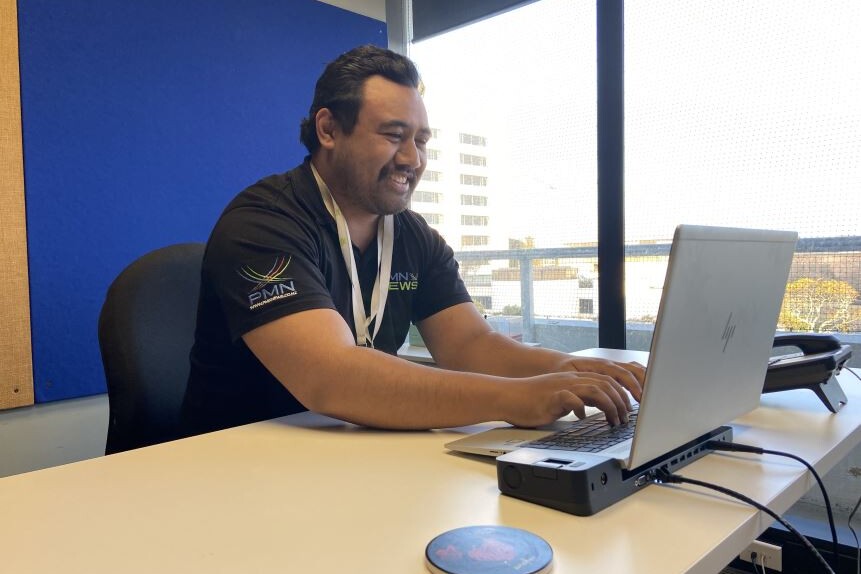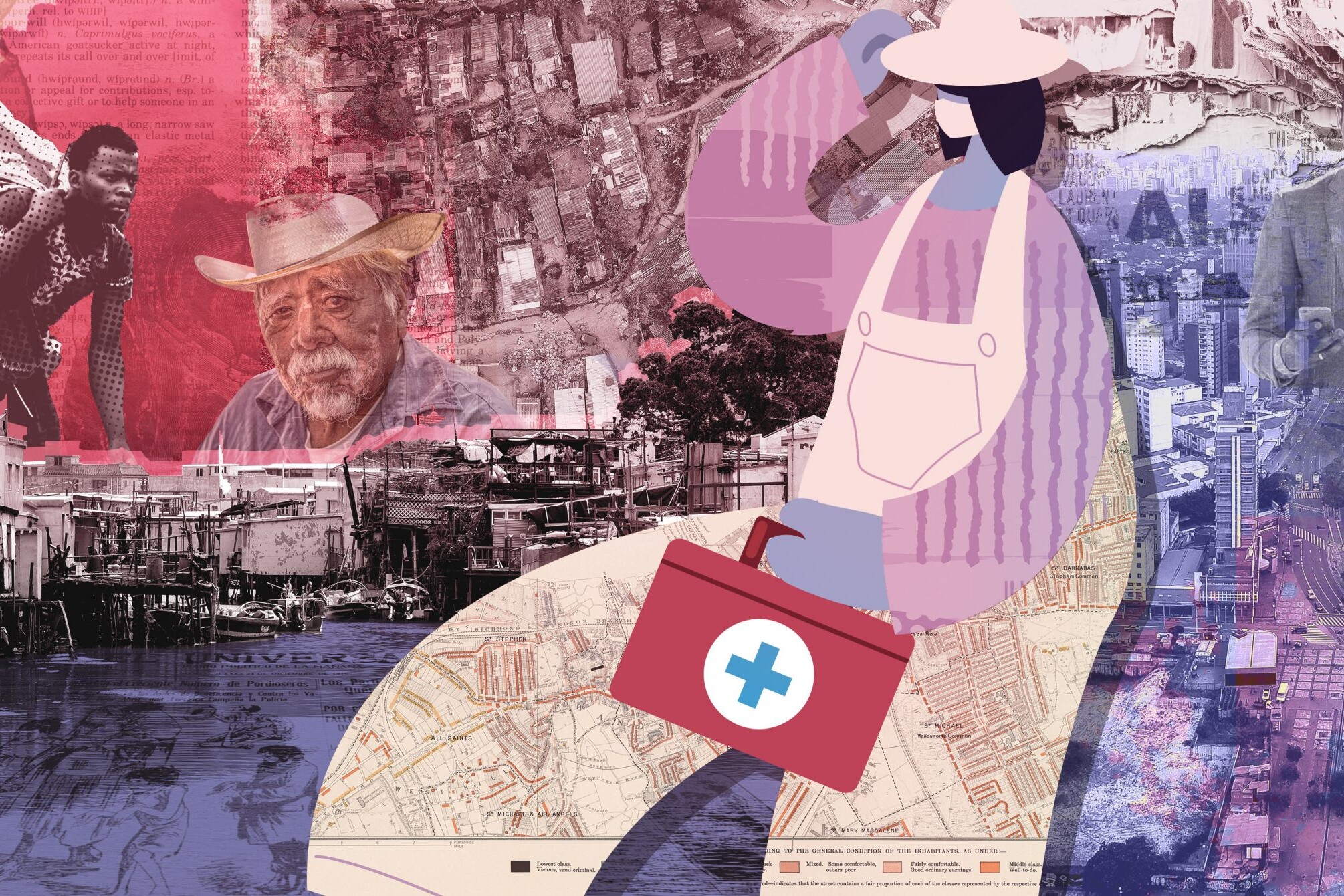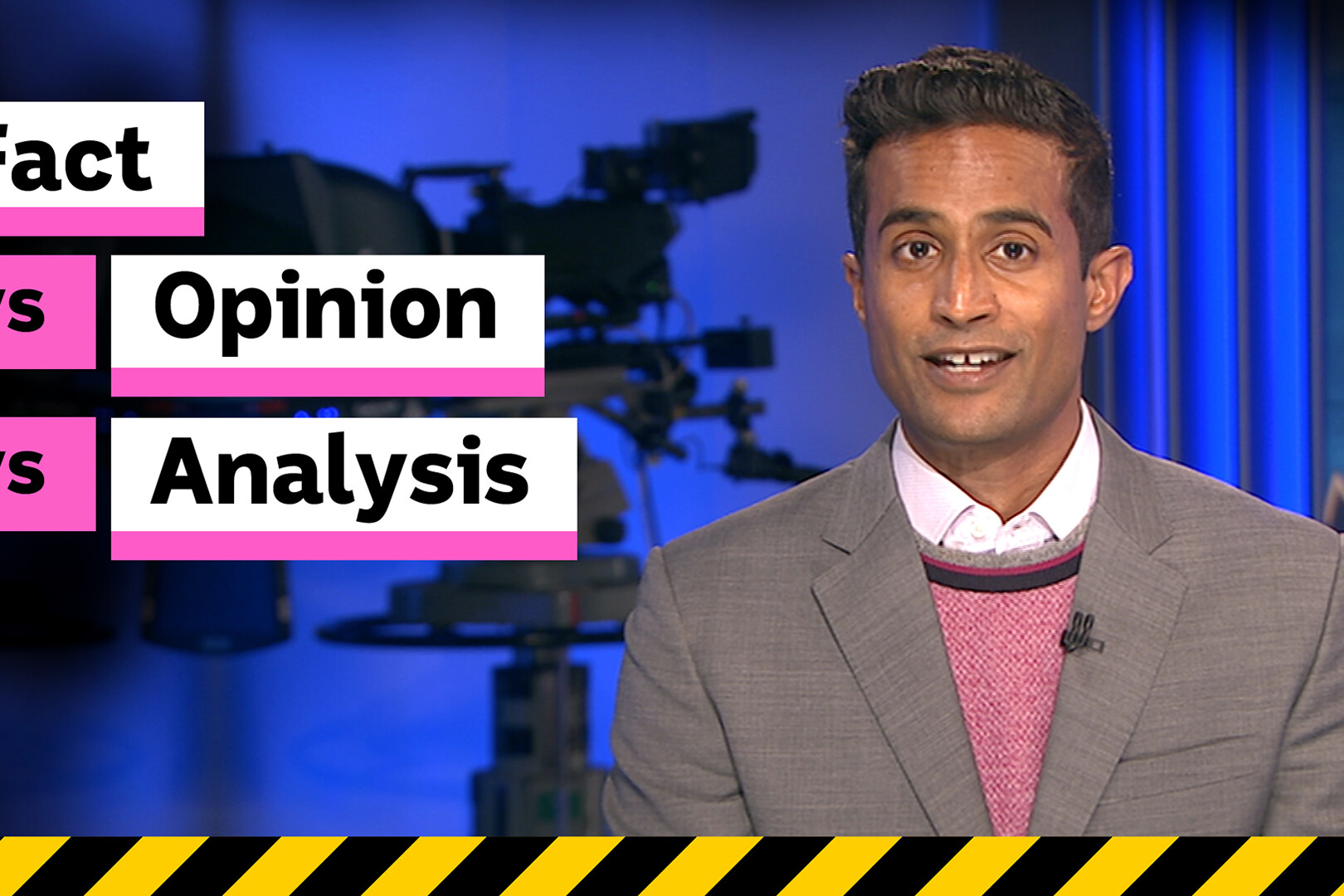By Desilon Daniels
From investing in digital innovation, to sharing content; from pushing diversity, to developing media workers; public media organisations are highlighting the importance and improvement that comes from collaborating with a range of partners.
Collaboration is nothing new to public media organisations. Whether it’s with private broadcasters, big tech companies, non-governmental organisations, or even with other public broadcasters, collaborations and co-productions are increasingly becoming a key strategy to ensure the survival of public media.
Uniting with others allows public media to tap into additional resources and networks, exchange best practices, and develop staff skills. In increasingly competitive markets, collaborations – such as a planned initiative from UK broadcasters for a common streaming platform – can prove vital in pushing back against streaming giants, maintaining prominence, and ensuring financial viability.
For audiences, PSM collaborations provide more diverse, innovative, accessible, and enriched programming. It ultimately provides paying publics with value for money, which in turn lends to the relevance of public broadcasters.
Within recent months, there have been several collaborations involving public broadcasters. Below, we round up some of the latest initiatives. But this list is not exhaustive, and there are countless examples of collaboration not mentioned below. Additionally, these forms of collaboration are not rigid. In practice, many of the collaborations are multifaceted. One project can meld elements from each area, highlighting the versatility of public media and the range of benefits their work can offer.
Content exchange
PSM collab provides “A European Perspective”
In July, 11 public service broadcasters – all members of the European Broadcasting Union – collaborated in an initiative aimed at exchanging text-based content across borders. Called “A European Perspective”, its purpose is to increase understanding between Europeans and combat fake news. The new collaboration follows on from a similar decades-long video exchange initiative.
The initial participating public broadcasters are Belgium’s RTBF; Finland’s Yle; France Télévisions; Germany’s BR-ARD; Ireland’s RTÉ; Italy’s RAI; Portugal’s RTP; Spain’s RTVE; Switzerland’s SWI; and the French-German company ARTE. Sweden’s SR subsequently joined the collaboration.
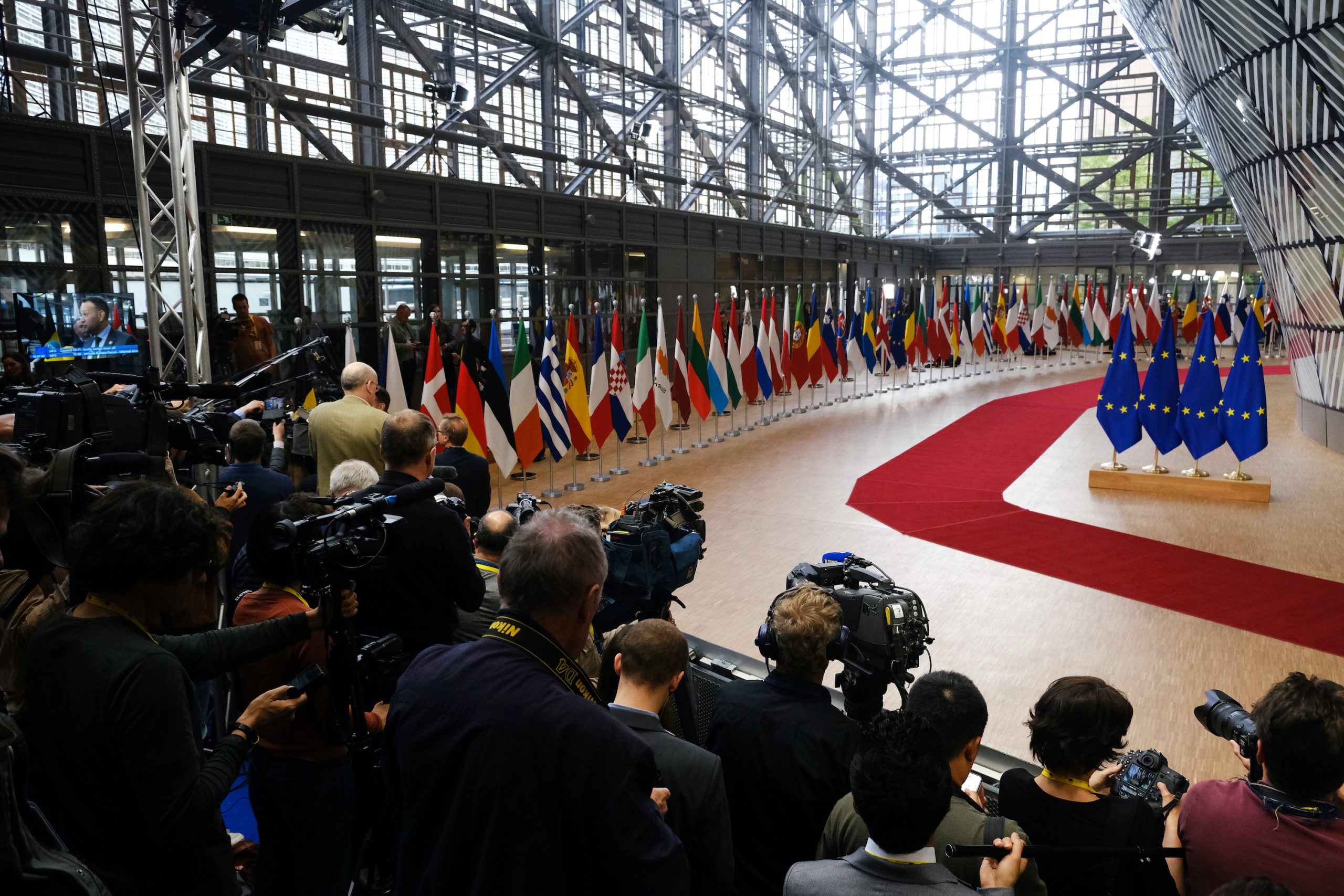
“The goal is to improve Europeans’ understanding of each other in these polarised times and help people see how other Europeans live,” Jukka Niva of Yle News Lab said. “Public Service Media companies make news and background stories that are edited and checked and that comply with strict editorial processes.”
Since its launch, the initiative has been breaking records. EBU reports that the project has gained more than 23.5 million views in just five months, with a click-through rate greater than the industry standard. The initiative’s digital hub features more than 2,000 articles daily, and EBU said that the collaboration has “considerable potential for expansion”. When it comes to innovation, “A European Perspective” also provides participating broadcasters with a unique opportunity to road-test artificial intelligence and machine-learning tools.
Delphine Ernotte Cunci, President of the EBU, lauded the initiative and its contribution to European society. “The ability of European public service media to provide quality news from other countries within Europe and to make it available in multiple European languages is not only a natural extension of our public service remit, but also serves as an important corrective for the (largely unchecked) dissemination and distribution of fake news and disinformation through social media.”
Other recent content exchange collaborations:
“How I Built This” lands in Japan — One of NPR’s most well-known podcasts will reach listeners in Asia thanks to a collaboration between the US public broadcaster and Nikkei Incorporate to distribute the programme on Nippon Broadcasting System, one of Japan’s public media outlets. How I Built This is an NPR-produced podcast that tells the stories of “innovators, entrepreneurs, and idealists” and the products and movements they’ve created. In a November press release, NPR announced the collaboration and said the podcast will be co-produced into a Japanese version by Nikkei Incorporated. “How I Built This has become inspiring and popular among American audiences, and we are excited for Nikkei and NBS to bring the show to our Japanese audience.” Wanyu Zhang of NPR’s Business Development team said.
Local Democracy projects — since 2019, the BBC has collaborated with numerous commercial newsrooms, through their funding for local democracy reporters. These journalists, who are based in commercial newsrooms – often for local papers – report exclusively on local affairs. Their remit is designed to address the democracy deficit that occurs when it comes to reporting and scrutinising local authorities. The content produced is then shared across any platform which subscribes to the programme, including the BBC. The collaboration demonstrates the wider recognition of the importance of public interest journalism, and the need to stop the spread of news deserts. It has also been picked up in New Zealand, and a similar version known as the Local Journalism Initiative exists in Canada.
Read more: Local Democracy Reporting Service: a model for public broadcasters?
Innovation
French digital media set to boost local life
In early November, French Minister of Culture Roselyne Bachelot revealed the launch of a new local digital media by March 2022. Led by France Télévisions and Radio France, the initiative intends to provide greater access to local news for audiences via a website, mobile sites, and app. Notably, the offering will be user-centric, providing content closer to audiences’ geographical locations.
“[It] serves as an important corrective for the … dissemination and distribution of fake news and disinformation.”
– Delphine Ernotte Cunci, President of the EBU
“This new digital media of local life will combine information, culture, discovery, entertainment and services for a complete experience of proximity. Personalised, interactive and geolocated, through a simple experience, the new offer will allow the public to be informed, to take action, to participate in civic life, to get involved and thus to develop social ties in all areas [and] territories,” the public broadcasters said in a joint statement.
France Télévisions and Radio France have also said they are working to create an Economic Interest Group, managed equally between the two companies, “in order to pool the means necessary for its deployment and facilitate collaboration between teams from both media, while maintaining a lean and operational structure.”
“This new digital media … will allow the public to be informed, to take action, to participate in civic life, to get involved and thus to develop social ties in all areas.”
– Joint statement by France Télévisions and Radio France
The broadcasters further explained that all of the daily productions of their two networks will be accessible to internet users – that is, content from France Bleu’s 44 local stations and France 3’s 24 regional and local branches.
Other recent innovation collaborations:
Nordic effort for audio collaboration — As Nordic public broadcasters navigate a new digital sound landscape, innovative sound collaboration for podcasts and audio in general is being seen as the way forward. Nordic public broadcasters DR, NRK, SR, and Yle held a pitch day in April and two development projects have since emerged, one of which will build upon DR’s research in the field of podcasts for older children.
The broadcasters also hope to make significant headway in digital on-demand offers and the audio field through greater cooperation. “Even though we are in different places in the process, we still experience many similar challenges and issues, and therefore it is super relevant to exchange experiences with each other. It is generally a very open tone and there is a great willingness to exchange experiences,” Tine Godsk Hansen, DR’s Podcast Manager, said.
Read more: Radiodays Europe 2021: Public media’s latest innovations
Diversity
ABC and government department get together for IDPwD
To mark the International Day for People with Disability (IDPwD) on 3 December, the Australian Broadcasting Corporation (ABC) partnered with the Department of Social Services (DSS) for a three-week campaign to feature stories by and about people with disability across ABC’s TV, radio, social media, iview, and websites. There was also a placement of 50 short-term positions for people with disability to host and co-host ABC radio and television programmes.
The partnership between ABC and DSS will also fund ABC’s Regional Storyteller Scholarship, an opportunity that annually provides work experience to two content makers with lived experience of disability.
Gaven Morris, outgoing Director of ABC NEWS and the Executive Sponsor of ABC Inclusive, noted ABC’s place as an industry leader in amplifying the voices of people with disability. “As a direct result of the work of the staff-led group, ABC Inclusive, and the funding made available by the DSS, the ABC is presenting our largest and most diverse range of content made for, by and about people with disability,” he said.
Other recent diversity collaboration:
PBS, Google partnership turns the focus on youths — A new partnership between PBS’s NewsHour Student Reporting Labs (SRL) and Google is targeting youths. But this partnership focuses on supporting media literacy, aiming to help young people have conversations about misinformation with older relatives and friends. It also hopes to build upon new and existing PBS NewsHour and local public media stations to build a network to tackle misinformation. “Through storytelling and co-production with students, we’ll explore the media literacy needs of different communities and generations, and how they can connect with each other to find solutions,” the founder of SRL, Leah Clapman, said.
Developing media professionals
RTVE partners with union to train staff
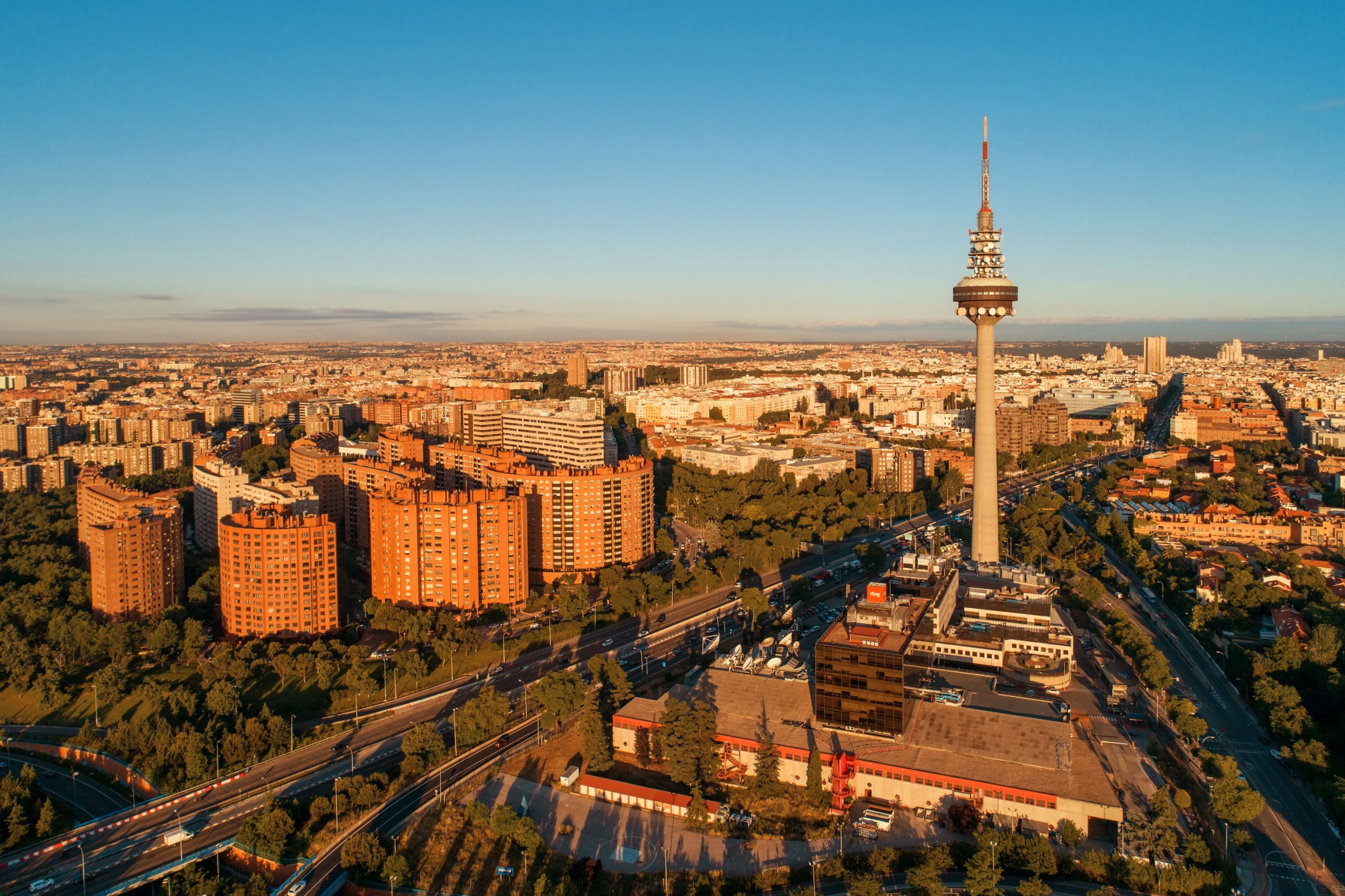
Spanish public broadcaster RTVE Spain has a long history of collaboration, not just within its country borders but also across borders. One of the broadcaster’s latest collaborations – this time with the Madrid Press Association (APM), Spain’s largest journalist association – is designed to train media professionals in the areas of journalism and audiovisual communication.
The agreement was signed in November by RTVE President José Manuel Pérez Tornero and APM President Juan Caño. The collaboration will see the two organisations coordinate training plans, training courses, seminars and workshops, and professional development. The agreement will also strive to include other professional journalism and communication associations.
Other recent capacity building collaboration:
GBC and Korean youth organisation collaborate — The Ghana Broadcasting Corporation (GBC) has embarked on a collaboration with the International Youth Fellowship of Korea to exchange content and training programmes both locally and internationally. GBC reports that the programme will benefit all of the broadcaster’s areas, particularly its documentaries and feature writing.
Read more: Best of PSM: GBC ramps up training
Historic New Zealand collab to develop Pacific journalists — In July, four New Zealand media organisations came together to launch a journalism cadetship programme. The $2.4 million NZ on Air funded project will offer 25 fully paid journalism cadetships, with at least five being available to Pacific trainees and ten to Māori. The collaborative project hopes to increase both the quality and quantity of Pacific journalists. The Pacific Media Network (PMN) is one of the participating media organisations and its Chief Executive Don Mann said the collaboration fit into his organisation’s mandate to train a pipeline of Pacific multimedia journalists and broadcasters. Meanwhile, Wena Harawira, the Māori Television Head of News and Current Affairs, hopes the partnership will address the critical shortage of reo Māori speaking journalists.
Header Image: News conference. Filming an event with a video camera. Credit: wellphoto / Shutterstock.com
Related Posts
20th July 2021
Major media networks collaborate to develop talented Pacific journalists
The number and quality of Pacific…
9th August 2020
Opportunity: Collaborative news content for PMA members
PMA has partnered with Orb Media to…
24th October 2019
Public broadcasters around the world collaborate to support media literacy
To mark Global Media and Information…

